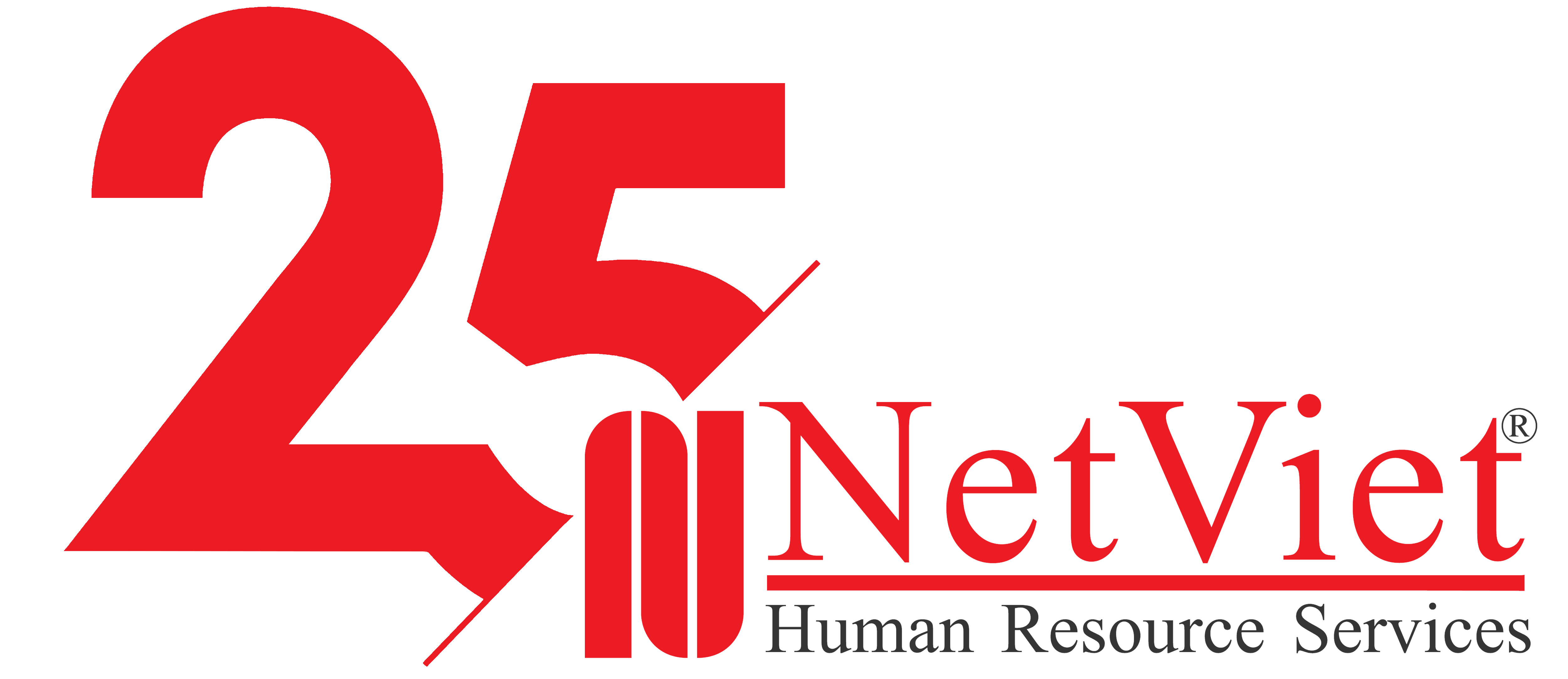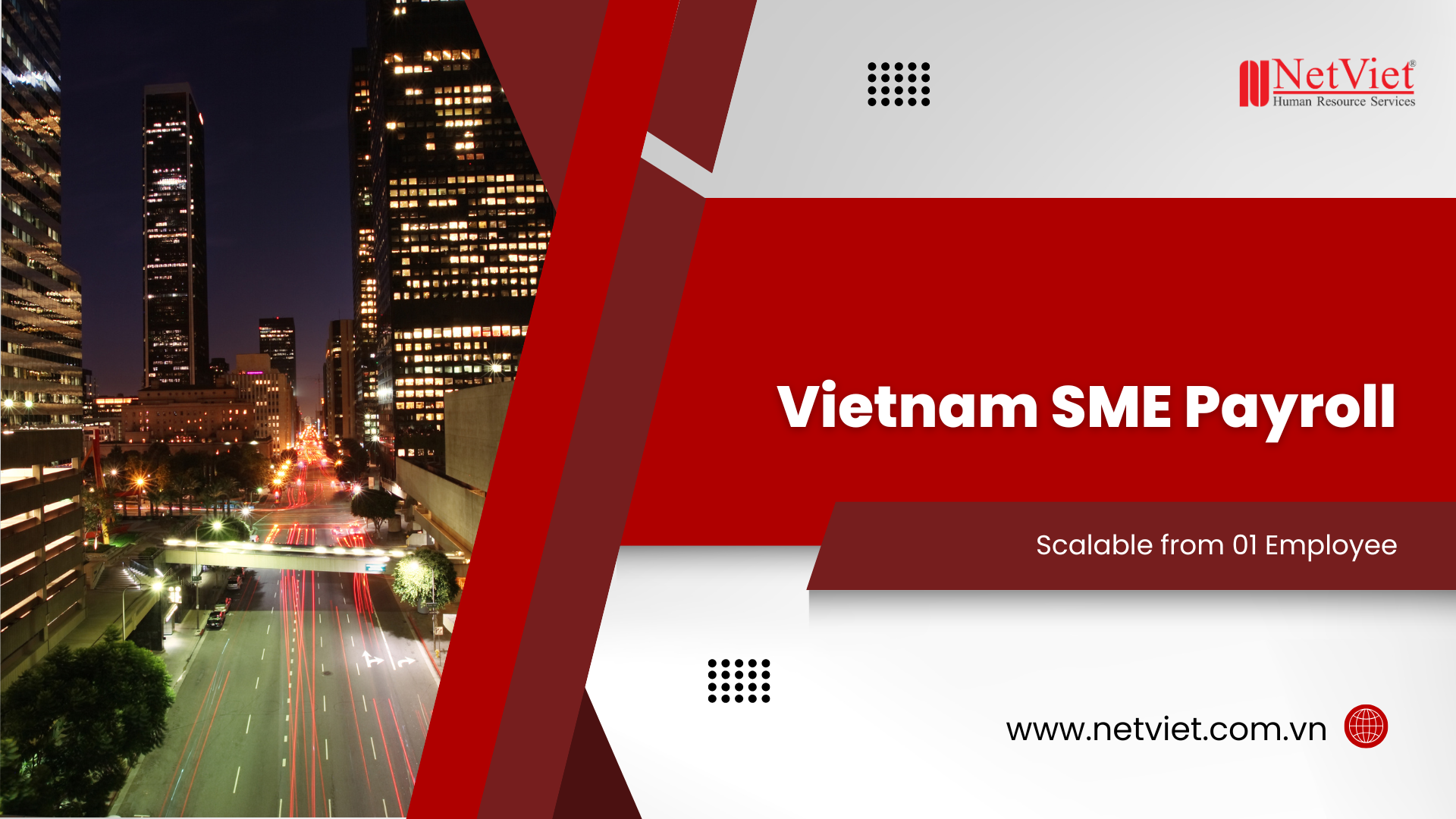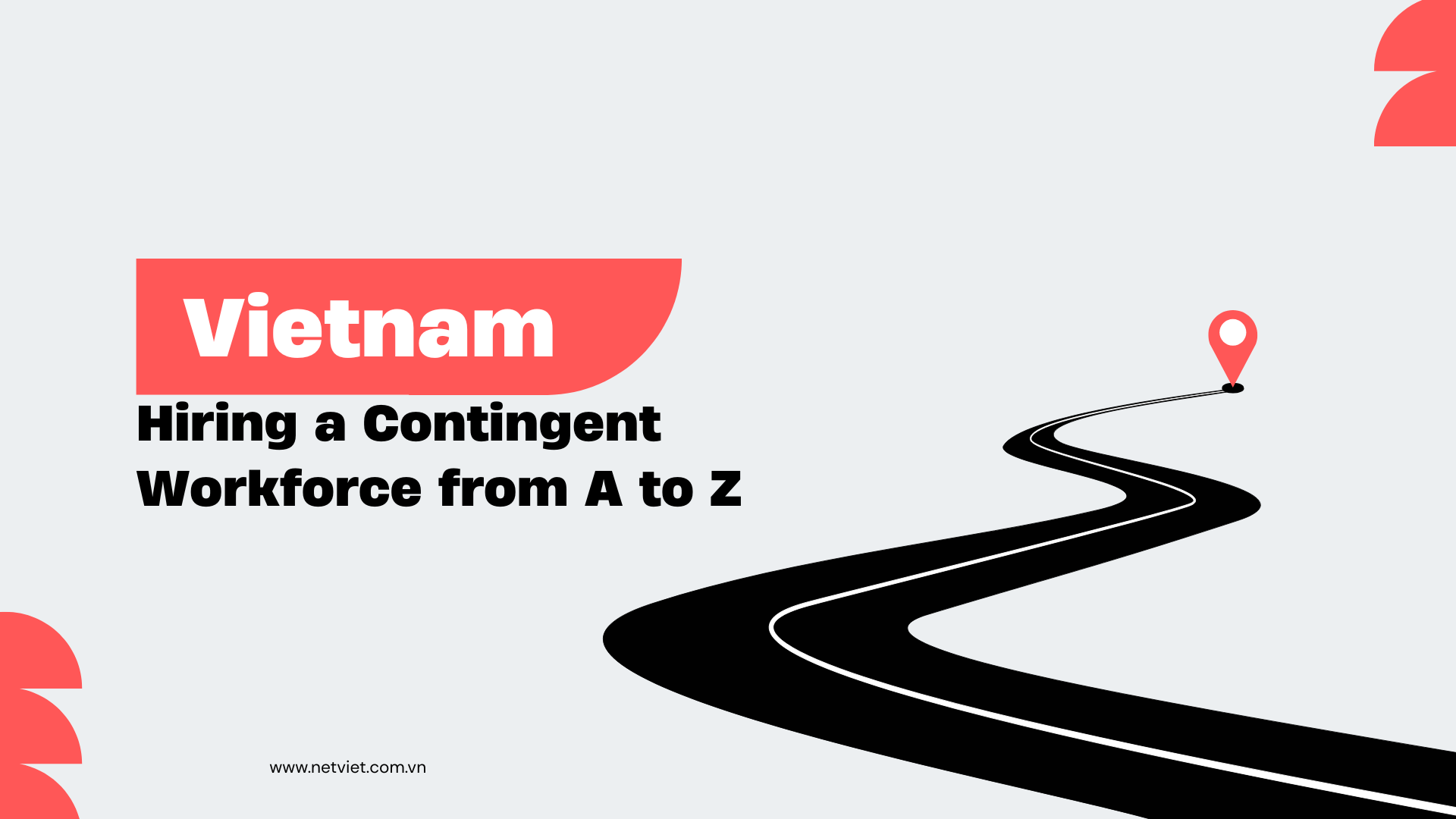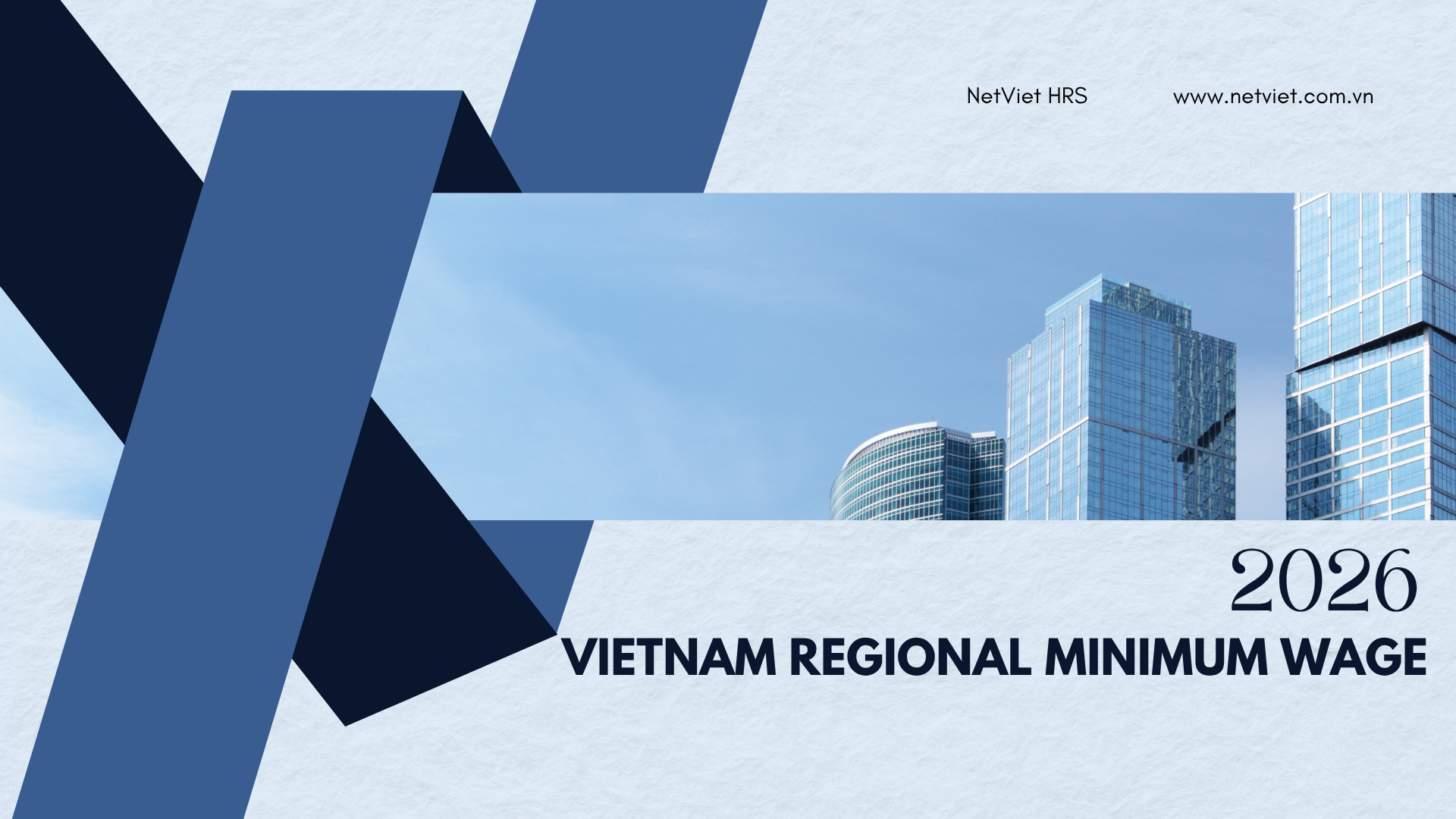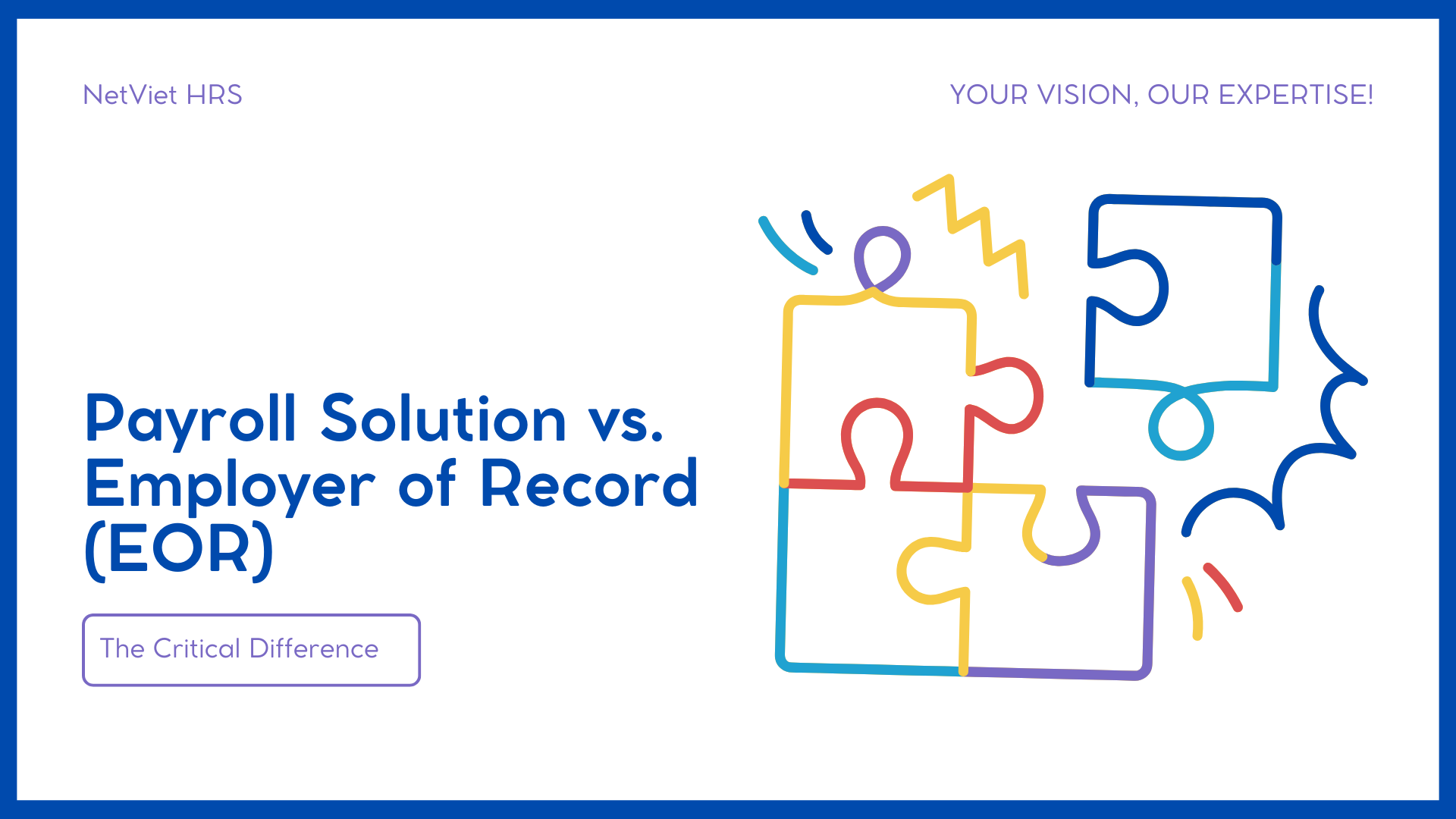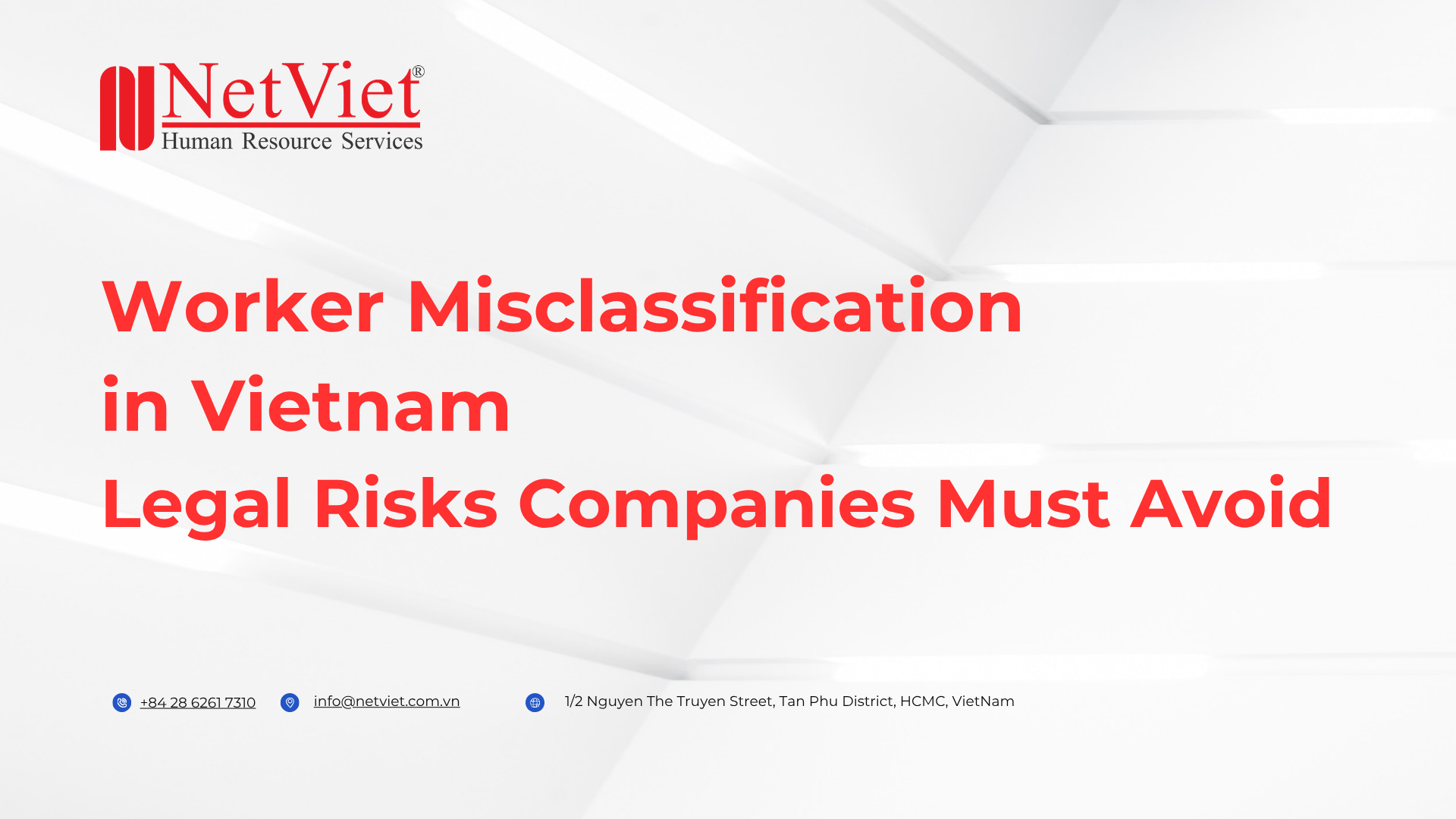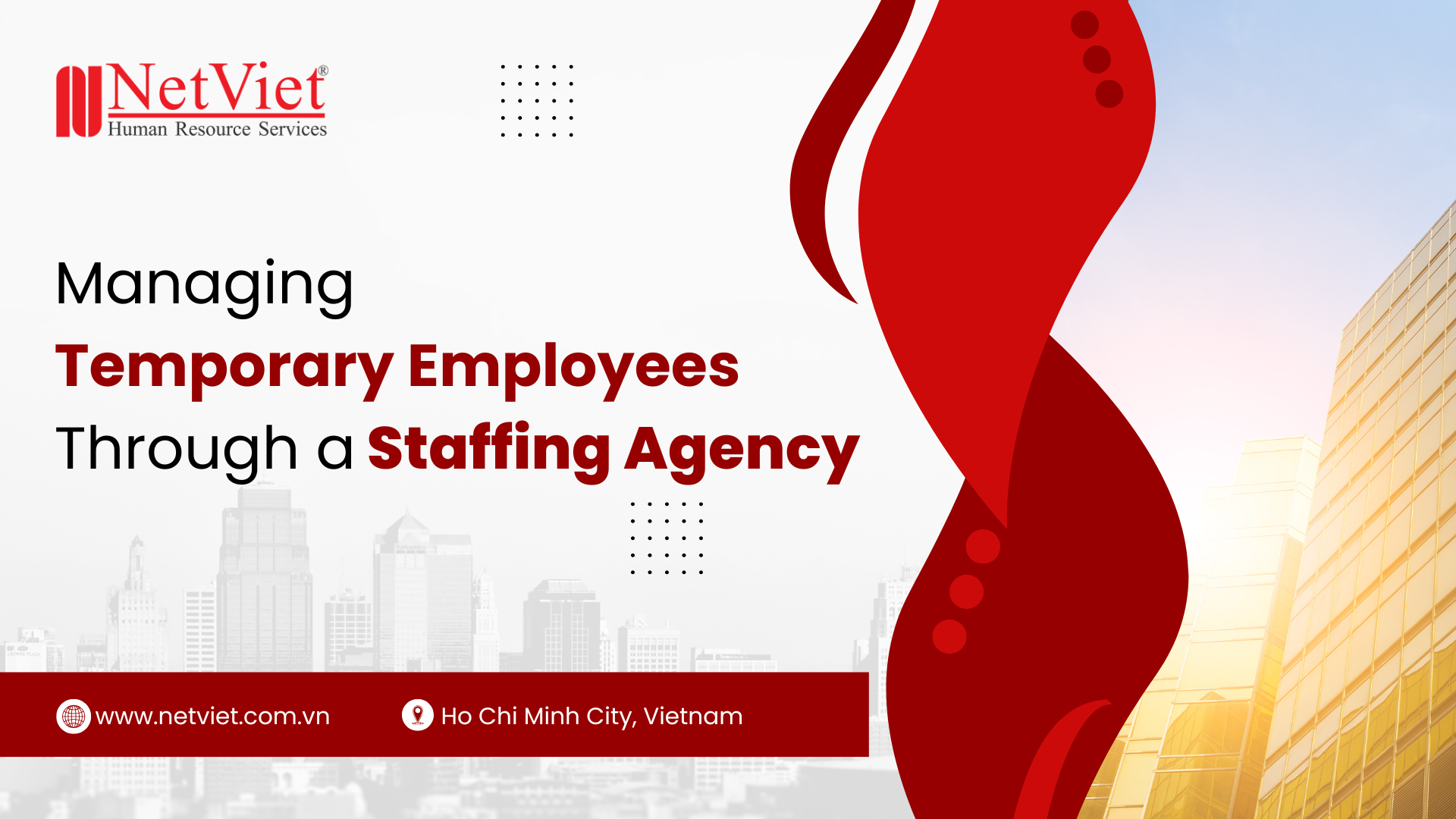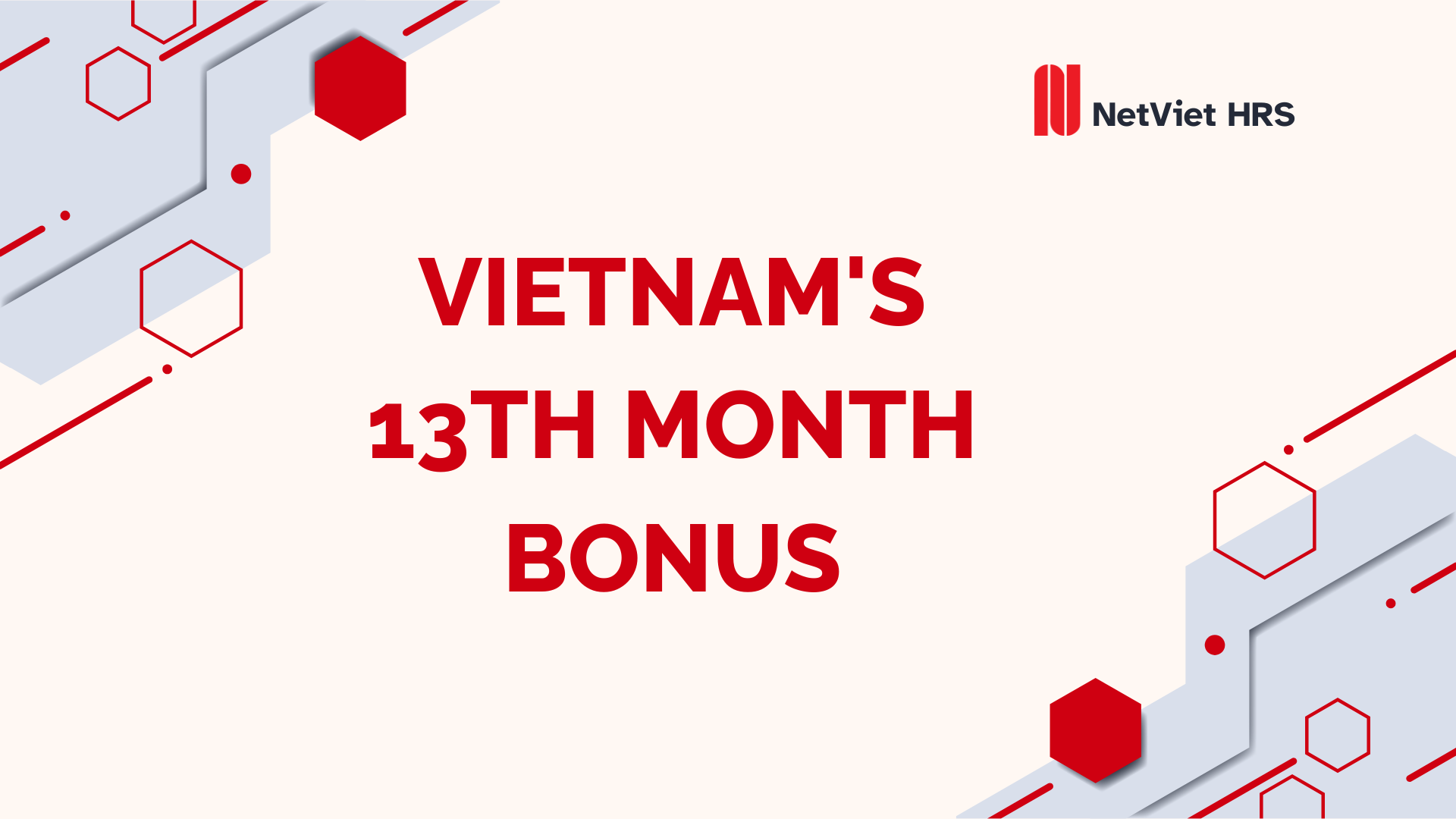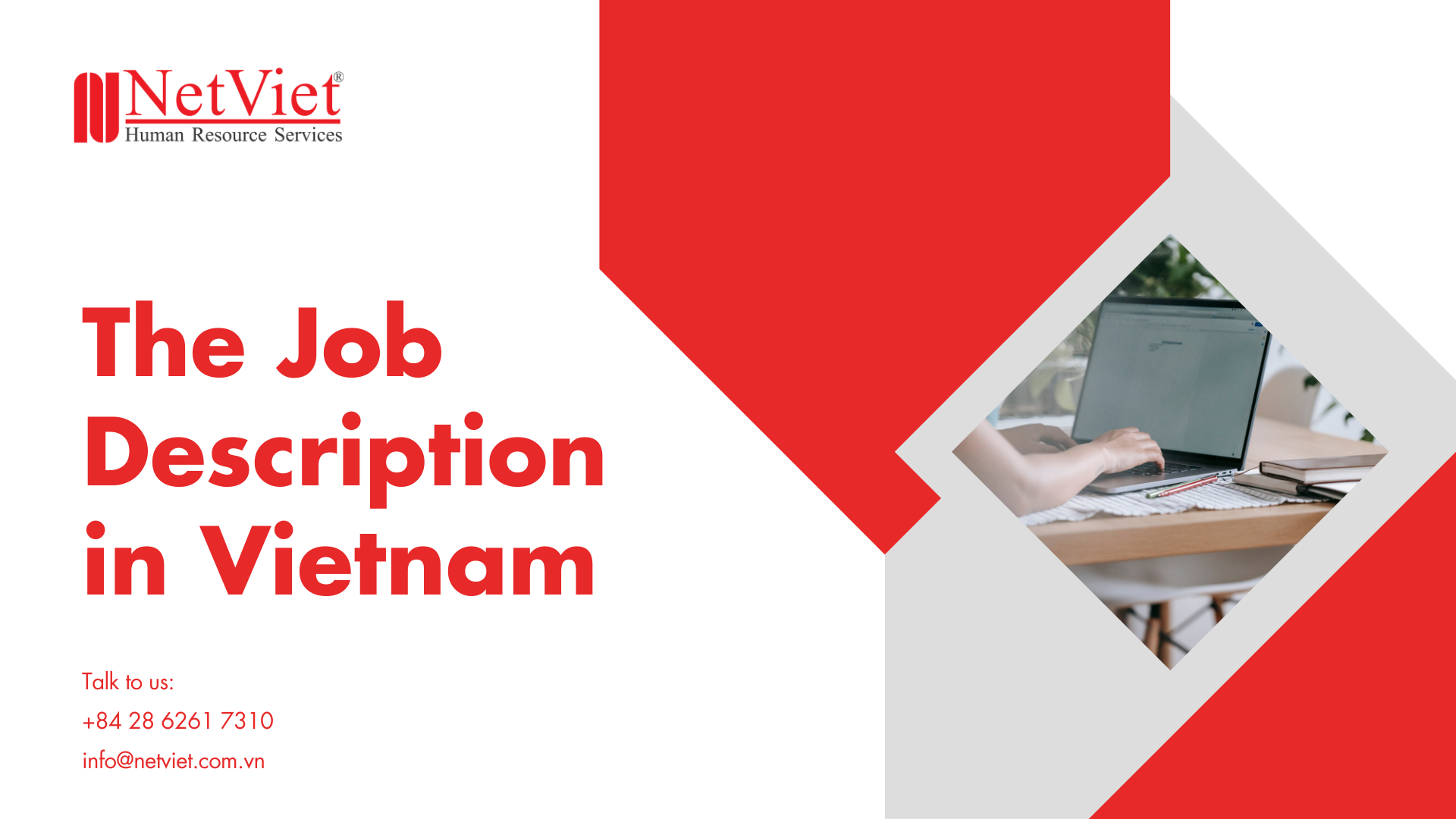Picture: Getty Images
Table of Contents
ToggleAs we approach 2025, the financial landscape continues to be riddled with uncertainty, driven by volatile interest rates and persistent high inflation. These factors not only impact markets but also place immense pressure on individuals. The rising cost of living, coupled with concerns over job security and financial stress, intensifies the anxiety faced by today’s workforce.
Mental health has become a global crisis, with about 15% of working-age individuals experiencing mental health issues. The younger workforce, particularly Gen Z and millennials, is especially vulnerable. Around 40% of Gen Z and 35% of millennials report frequent or constant stress and anxiety. Almost half of these young workers experience burnout, leading to significant losses—an estimated $1 trillion annually—due to the effects of depression and anxiety.
In this turbulent environment, businesses need to adopt new strategies to support their workforce. One concept that can offer valuable insights is antifragility.
What is Antifragility?
Unlike resilience, which refers to the ability to recover from setbacks, antifragility goes one step further. It’s the ability to grow stronger from disruptions and challenges. Instead of merely withstanding external shocks, antifragile systems actively gain from them. This concept, introduced by Nassim Nicholas Taleb, applies not just to economies or ecosystems, but also to workplaces and workers.
For employees facing constant uncertainty, embracing an antifragile mindset means not only surviving but thriving in the face of change. It transforms adversity into opportunity for growth, building a stronger, more adaptable workforce capable of navigating complex and evolving environments.
The Role of HR in Fostering Antifragility
HR professionals play a crucial role in shaping antifragile organizations. The key lies in recognizing the link between employee well-being and productivity. As mental health challenges continue to rise, companies must rethink their approaches to workplace dynamics to support current and future generations of employees.
Here’s how HR can contribute to building an antifragile workforce:
- Addressing Social and Structural Barriers: Many factors affecting mental health go beyond the workplace—social inequality, systemic stressors, and limited access to resources all contribute to the well-being of employees. HR must work to identify and mitigate these barriers, ensuring that the workplace is inclusive and supportive for all employees.
- Providing Mental Health Resources: Organizations should offer access to mental health support, including counseling, stress management programs, and tools for work-life balance. Empowering employees with resources helps them develop strategies to manage stress and build personal resilience.
- Fostering a Growth Mindset: Promoting a culture where challenges are viewed as opportunities for growth is essential. HR can cultivate this mindset by offering continuous learning and development programs, encouraging employees to embrace new skills, and adapting to change.
- Removing Stigmas Around Mental Health: Open communication around mental health and the removal of stigmas is critical. By creating a safe space for employees to discuss their well-being without fear of discrimination, HR can help reduce the negative impact of mental health issues on productivity.
- Building Resilience Through Flexibility: Flexibility is a critical element in making workers antifragile. HR can champion initiatives like flexible working hours, remote work options, and personalized wellness plans that allow employees to tailor their work experience to their unique needs.
The Benefits of Antifragility for Organizations
By fostering an antifragile work culture, companies can build stronger, more adaptable teams. Employees who learn to thrive in the face of uncertainty are more engaged, innovative, and productive. They are better equipped to handle future challenges, which in turn benefits the organization’s overall success.
Moreover, antifragile organizations can navigate market volatility more effectively. Instead of fearing disruption, they use it to fuel innovation and growth. This enables them to stay competitive even in uncertain times.
Conclusion
The modern workforce faces unprecedented levels of stress and uncertainty. To adapt to this new reality, businesses must go beyond traditional methods of resilience and embrace antifragility. HR has a vital role in this transformation—reshaping the workplace to foster a culture that not only supports mental health but encourages growth through adversity.
By investing in the well-being and adaptability of employees, companies will not only help them thrive in a fast-changing world but will also create a more robust, agile, and ultimately successful workforce. The future belongs to those who can turn chaos into strength—the antifragile worker.
______________
NetViet offers comprehensive HR solutions for businesses entering or expanding in the Vietnamese market. Established in 2000, NetViet provides expert, seamless, and compliant HR solutions.
Follow NetViet for the latest industry updates and more:
- Phone: +84 28 6261 7310
- Email: info@netviet.com.vn
- Website: www.netviet.com.vn
- Facebook | LinkedIn | Twitter
